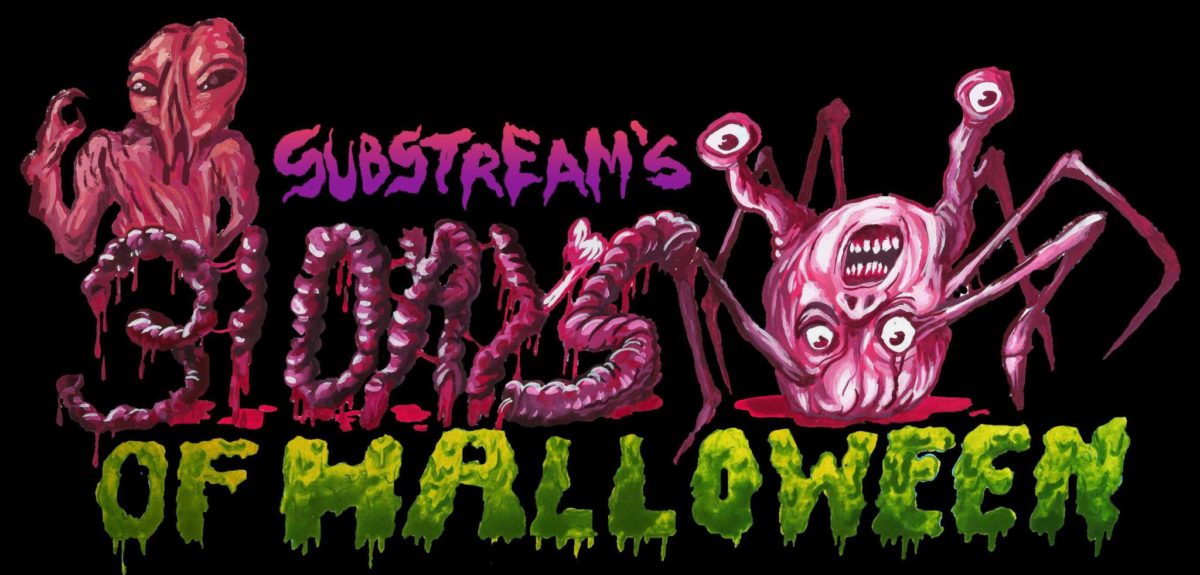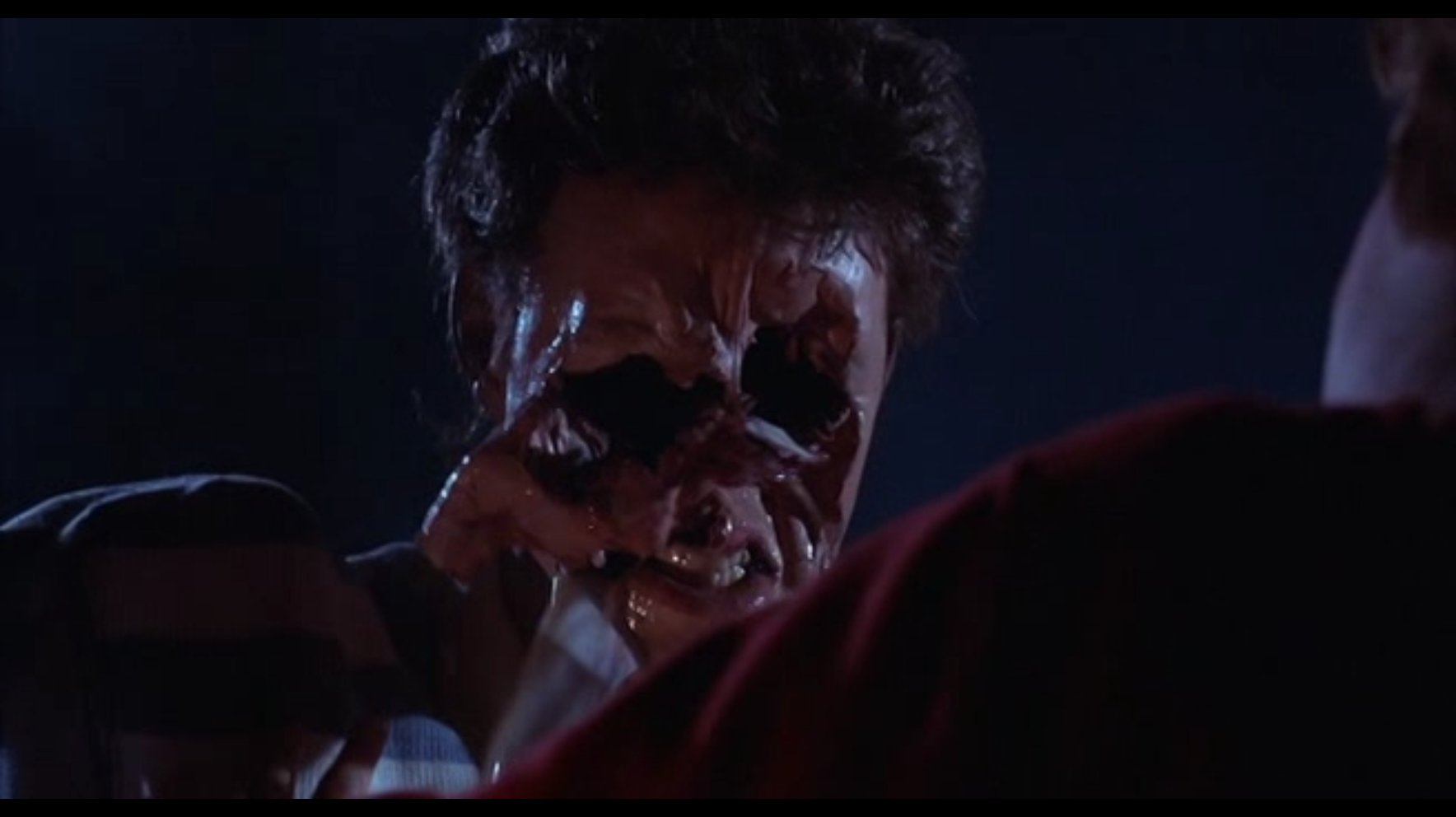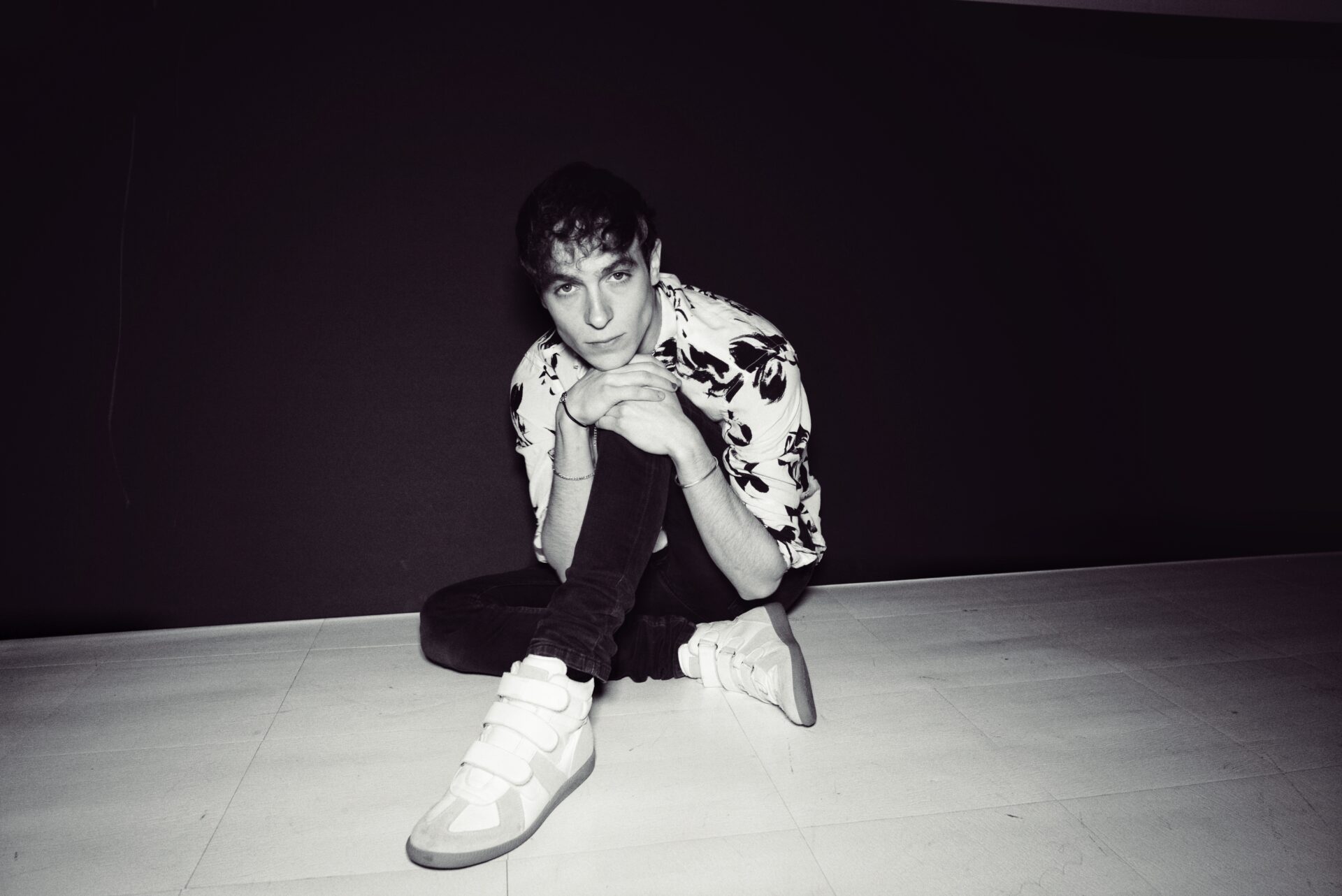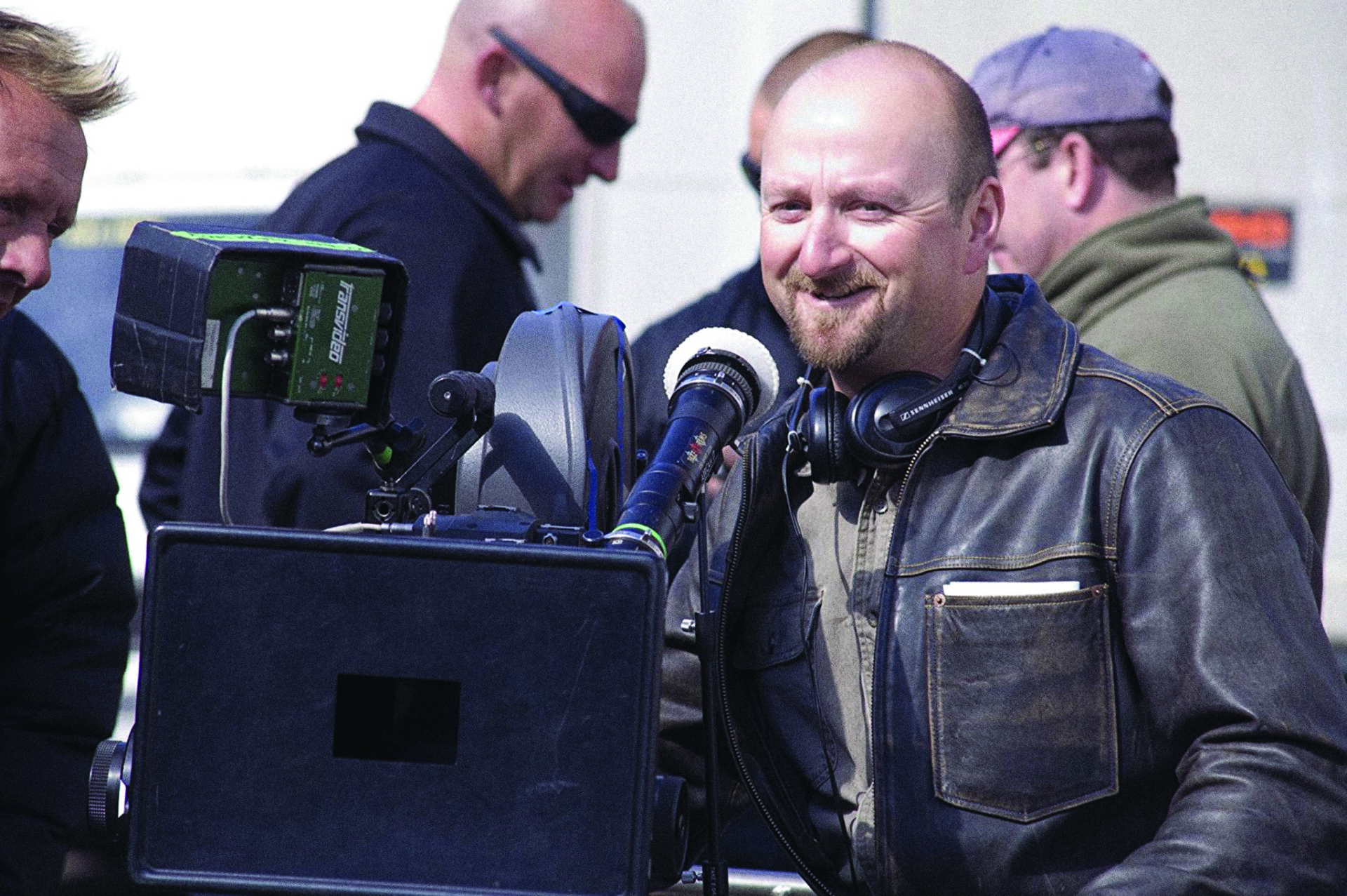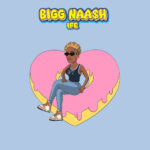Of all the holidays celebrated worldwide, no single day is loved by the Substream staff more than Halloween. With October’s arrival, the time has finally come to begin rolling out a slew of special features we have prepared in celebration of our favorite day.
31 Days Of Halloween is a recurring column that will run throughout the month of October. The goal of this series is to supply every Substream reader with a daily horror (or Halloween-themed) movie recommendation that is guaranteed to amplify your All Hallows’ Eve festivities. We’ll be watching every film the day it’s featured, and we hope you will follow along at home. Reader, beware, you’re in for a… spooky good time!
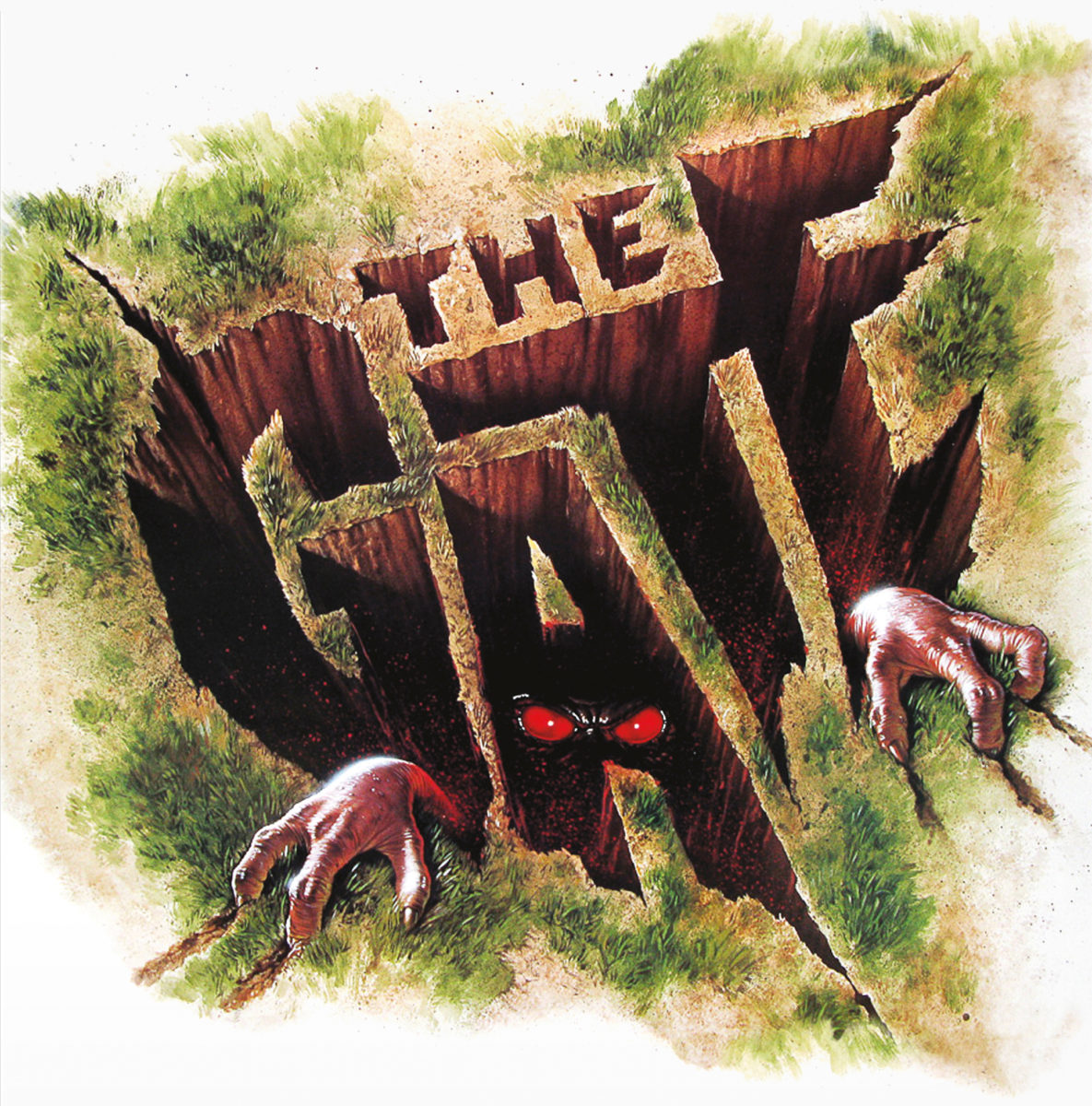
Day 14: The Gate (1987)
We were sharing the loveseat and watching Tibor Takács‘s The Gate, the 1987 horror movie about three unlucky kids who discover a demonic portal in their backyard, when I noticed it: My wife literally peeking at the movie through the cracks between her fingers.
It reminded me of Shaggy in every episode of Scooby-Doo, Where Are You?, something a cartoon character might do. Behind her hands, she dragged long, slow breaths into her lungs and pushed them back out as unsteady sighs. It was adorable and endearing, not something she’d normally do while watching scary movies, but was also completely unjustified; after all, The Gate—with its goofy fanged demons and lurching claymation, its monsters lurking predictably beneath the bed and within the walls, its generous use of fog—is not so scary.
Maybe I wasn’t scared because this was not my first time watching The Gate. I had seen it many times when I was much too young—in elementary school, maybe even as young as six or seven. My twin brother and I would beg our dad to borrow it from the local video store, attracted to the artwork on the cover, and for some reason he’d agree. We’d fast forward to the end, stop it around where gawky metalhead Terry (played by Louis Tripp) discovers a mob of small, toothy demons in a cavern beneath the eponymous gate, and stare hypnotized until the closing credits scrolled by.
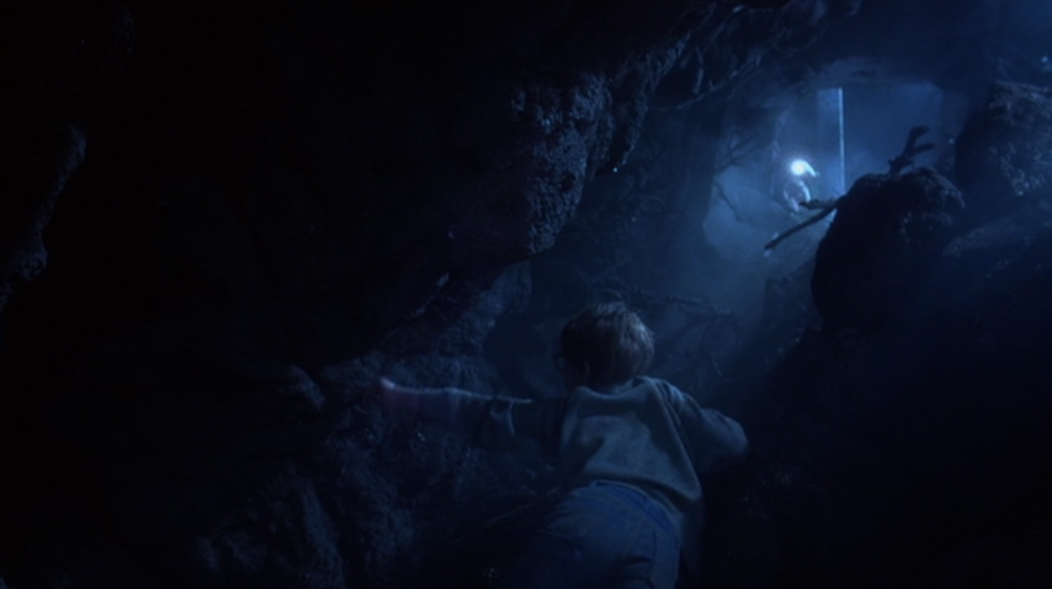
I hadn’t seen The Gate for twenty-some years and honestly remembered almost none of it, so I thought that it might be interesting to revisit it as scary movie season approached. Though my wife was somehow too scared to even hold my hand, I found myself more disturbed by how deeply this movie had wriggled its way into my psyche—that, apparently, I knew this whole movie scene by scene.
I think most people can name which texts defined horror for them—the book or movie that laid a foundation for what they would find frightening (or at least unsettling) for the rest of their lives. For me, unfortunately, that text was The Gate.
The first thing I noticed while rewatching The Gate was how poorly it had aged in thirty years. When people attempt to pinpoint the aesthetic of The Eighties, they almost certainly think of movies like The Breakfast Club, Ferris Bueller’s Day Off, or Fast Times at Ridgemont High. Instead, they should look no further than The Gate, especially during the a party scene early in the movie thrown by big sister Al (played by Christa Denton). Here, teens in colorful, high-collared shirts maneuver this claustrophobic scene, their over-sized earrings and bangs bouncing to a synthetic drumbeat and chorus-drenched guitar riff that could have only existed in the 1980s. A kid clutching a can of beer skateboards in and out of the shot and seemingly between radical party phrases like, “Hey, wow! Great party!” and “It was fresh!” and “Somebody get this dog a beer!”
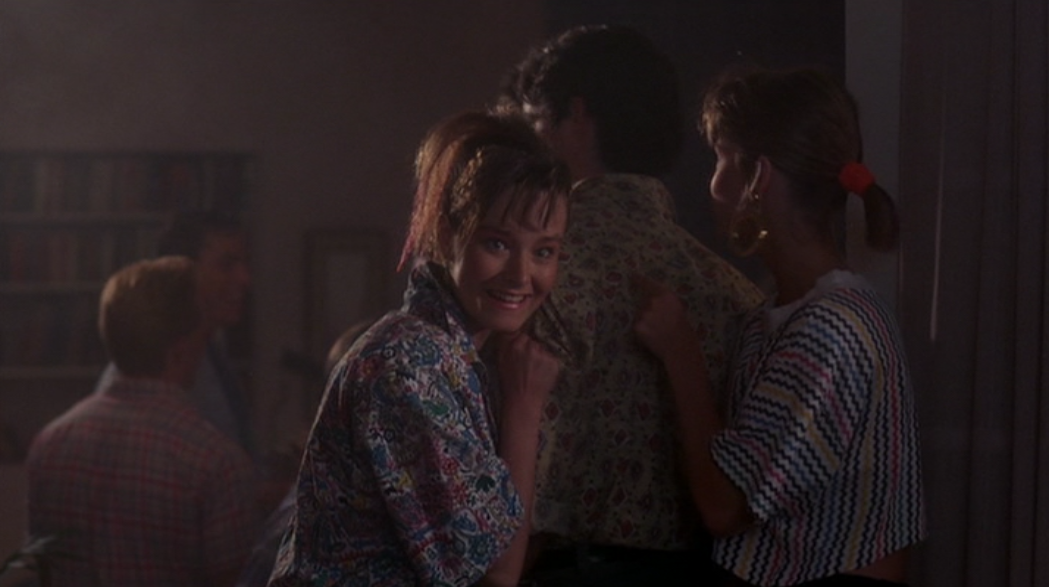
This scene seems sort of cheesy three decades later, but it also effortlessly captures time and place. Watching this scene gave me flashbacks to commercials for Six Flags and LEGOs and Nerf footballs crammed between episodes of Double-Dare and You Can’t Do That On Television. It was the same aesthetic that made me love Stranger Things; though the Netflix hit seemed sincere, more than merely nostalgic, The Gate captured this seemingly ancient era without having to recreate it. Certainly, it’s dated, but it’s also as charming as it is true.
There’s so much from Stranger Things that seems lifted from The Gate specifically, particularly the opening credits, cast in bright red letters on an black background with layers of whirring synthesizers swirling around the viewer. Less obvious is the lonely brand of suburbia that serves as the story’s setting. It’s best displayed during the movie’s opening scene while protagonist Glen (played by Stephen Dorff) rides through his desolate neighborhood toward his house. Never mind his nylon jacket, his BMX bike’s click-clacking wheels, the shaggy hair curling from beneath his snapback hat—all details resurrected by The Gates’s Netflix nephew. It was the bare, seemingly newborn neighborhood that felt so unsettling: sidewalk-less, streetlight-less, brown and muddy and dead. Glen’s modest house seemed large compared to scrubby trees, newly planted, and small bumped up against an endless, rolling prairie.
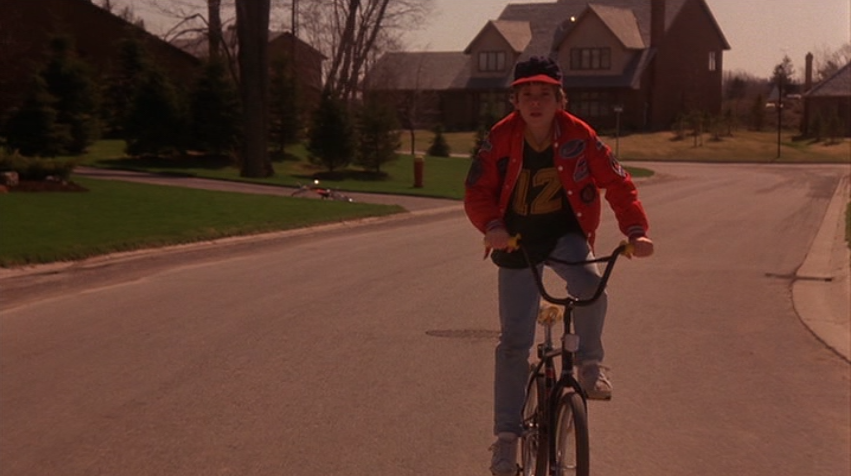
The interior of Glen’s house reflects its exterior: too big, too empty, unadorned and unprotected. A staircase circles its enormous, open foyer—an ideal location for a towering, worm-like demon with manifold arms and a menacing stare to rise if it were so inclined.
These sorts of settings have always made me feel funny in real life, and I’ve never really known why. Nowadays, the trees in these neighborhoods have all grown in, and their lawns have been neatly landscaped; sidewalks and streetlights have long ago been installed. Their brick homes have been lived in and loved and no longer feel empty. Still, I can’t shake the fizzy feelings these places provoke, and now I worry that, long ago, they were inspired by The Gate.
Oddly enough, it was this stuff—the aesthetic and setting—that disturbed me while I watched The Gate as an adult, not the so-called “scary stuff.” Certainly, the apparition of Terry’s mother was creepy, especially when he pulls away to find the family’s dead dog in his arms. Certainly, when Glen and Al’s parents return home—when their dad’s warm embrace hardens into a violent grasp and his face collapses inward like a rotting pumpkin—it was sort of unsettling. Certainly, the reanimated corpse that drags Terry into a netherworld behind the basement walls was startling, as was Terry’s return, zombie-like, to drag Al to some dark hell beyond the architectural boundaries of the linen closet.
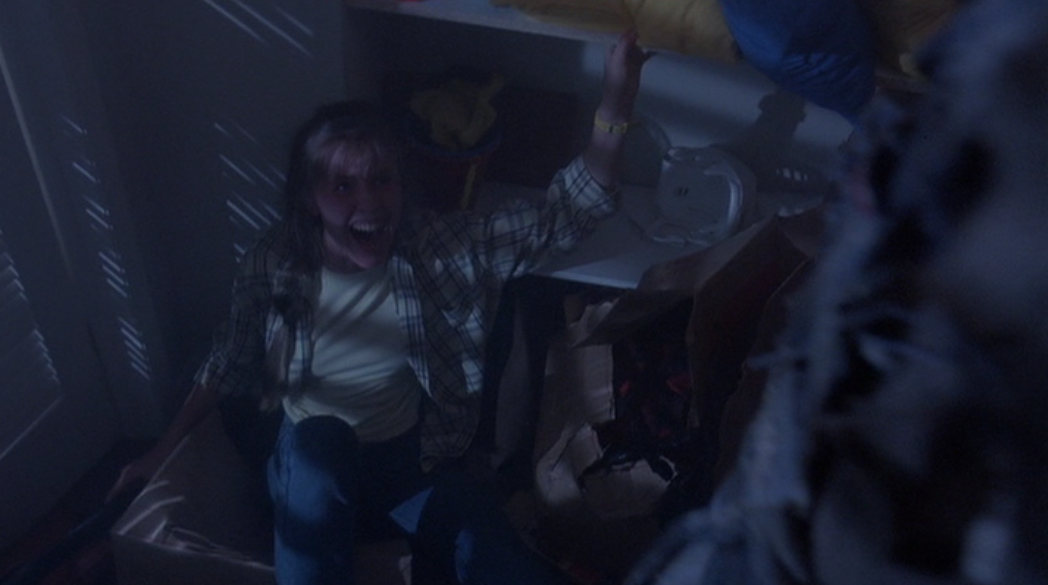
Certainly, these instances freaked out my wife—enough to for her to hide behind her hands.
But what freaked me out more was the recognition of the spiral staircase that would inevitably collapse in the shadowy chaos at the end of the movie; the ocular imagery foreshadowing the eyeball implanted into Glen’s open palm by a colossal demon; the model rocket (and its name, “The Thunderbolt”) that Glen would launch at the aforementioned demon as it rose from the cavern beneath his collapsed foyer during the movie’s climax—the almost immediate realization that I recognized this movie that I hadn’t seen since I was too young to remember.
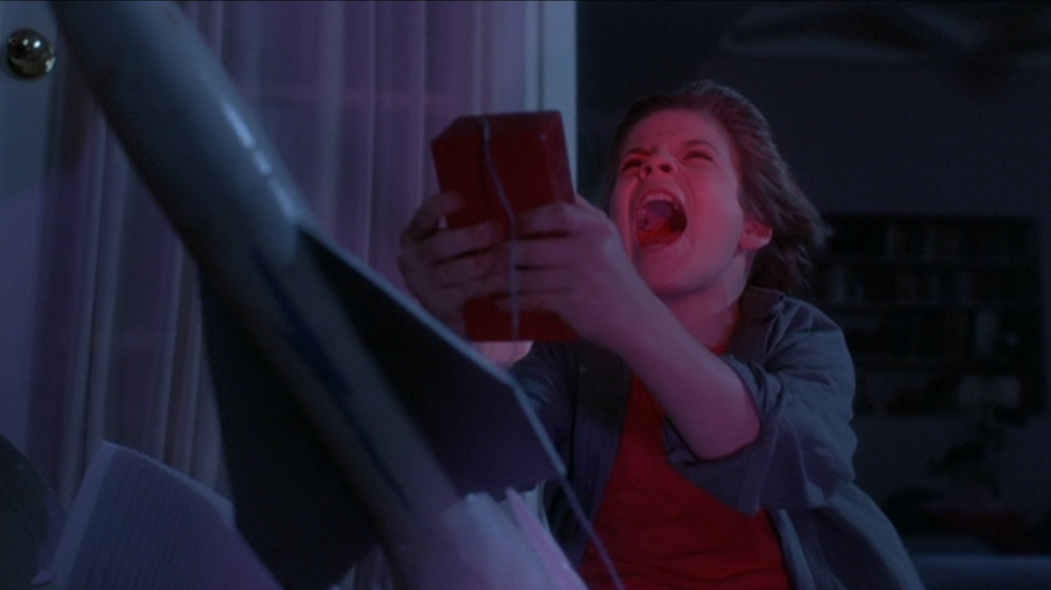
Despite its cheap scares and cheesy monsters, The Gate creates a nightmarishness that’s hard to reconcile. It succeeds in this sense by establishing a convincing reality (spooked siblings left home alone and disturbed further by a friend with a difficult family life) and stirring in the surreal—some of which is clearly fantastic (the demons, for example), but much of which is not (the moths that haunt the house, or the levitation that interrupts Al’s party). Add to this the actual dream that opens the movie (and the persisting suspicion that the whole movie may be another one of Glen’s nightmares), and The Gate leaves its audience wondering what’s real, what’s imagined—and whether anyone, including our characters, are supposed to know.
Perhaps, however, I am giving The Gate too much credit. Maybe it’s just another horror flick—one of many coughed up by that particular decade.
Either way, for me, this movie has a dream-like quality that’s hard to pinpoint. While my wife found solace and safety behind her fingers, I found myself attentive and amused, muttering the same things over and over again: “Wow, this is weird,” and “I totally remember that!” and “Dang, I think I know what’s going to happen next!” The Gate felt like watching a rerun of a dream I had when I was in elementary school, maybe even as young as six or seven—like an 85 minute instance of deja vu.
It felt like I had stumbled upon the foundation of my fears, or at least a few of them. Sure, they were buried beneath moss and stones, but I knew them when I saw them, when I felt them. I suppose I didn’t expect to find them in a movie, especially one so dorky, endearing, and not so scary.
